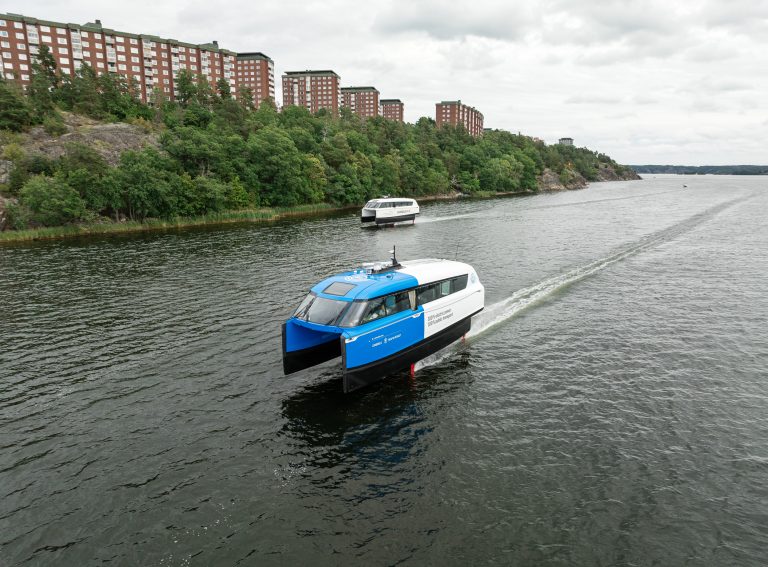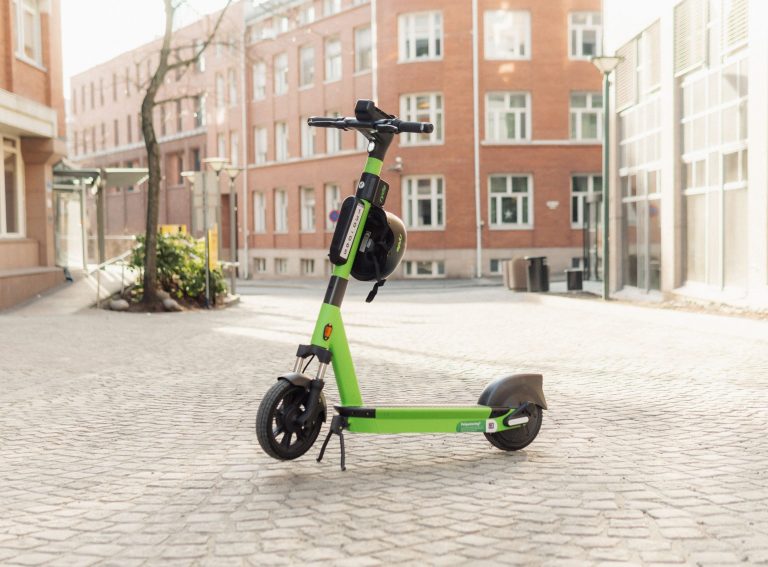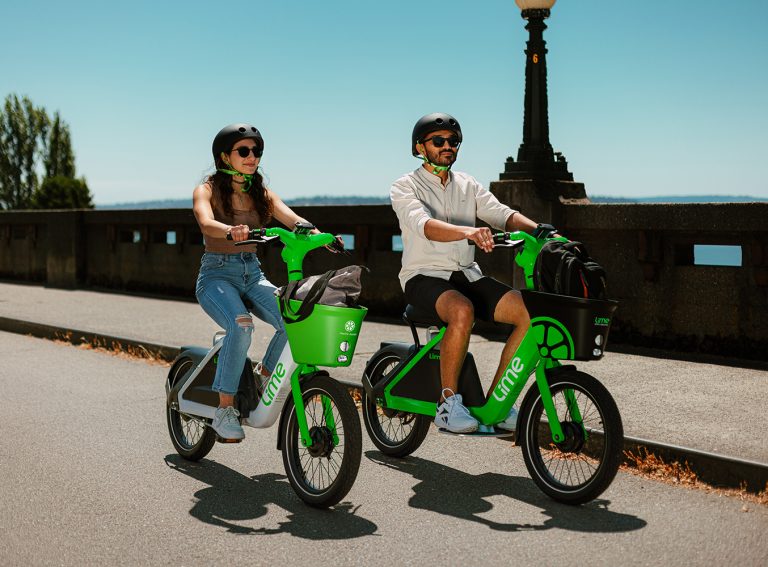New market analyses by Invers has identified 17 car sharing operators in Europe that are now offering microcars as part of their solution.
Italian car sharing provider Enjoy has the largest fleet in Europe with hundreds of microcars, and other operators are following suit such as Swiss carsharing platform drivemycar and U.S-based wheego.
“Within our industry, we possess the potential to reduce CO2 emissions by 11%,” Kate’s Head of Brand and Marketing Michaela Garito told Zag Daily.
Kate is one of the founding members of the Microcars Coalition – a group of European manufacturers advocating for the use of microcars in cities.
“Ultimately, our success hinges upon collaborative efforts to forge a unified mobility ecosystem aimed at resolving user challenges. It’s imperative that we approach mobility from a holistic perspective, delivering products and services that resonate with everyone involved.”
Rather than exclusively offering microcars in their fleets, most operators spotlighted in the Invers report have integrated them alongside standard cars.
“It’s the variety that matters,” said Invers CEO Alexander Kirn. “All our research into carsharing shows that there are many diverse use cases that can best be answered by diverse fleets.
“It’s also a question of the operators’ tech stack that needs to be flexible enough to easily integrate new modes and models. The more use cases carsharing fulfils, the less car ownership is possible.”
This variety that Invers observed in carsharing ranged from small four-wheeled microcars, to three-wheeled light electric vehicles, to a micro-transporter just 1.32 metres wide.
“The microcar niche shows that carsharing is more than just the typical standard passenger car we often think of.”
In an interview conducted by Invers, drivemycar co-founders Metin Kabay and Fadel Bouhouch highlighted how the use of microcars differ from larger vehicles in their fleet.
“Microcars are predominantly utilised for shorter distances, serving as an ideal choice for navigating urban environments and facilitating quick, convenient trips,” they said.
“On the other hand, larger vehicles are typically employed for longer journeys or for the purpose of transporting goods, reflecting their capacity to handle extensive travel and heavier loads. This variation underscores the diverse mobility needs our fleet caters to, ensuring a tailored transportation solution for various purposes.”
Nevertheless, though the report highlights the benefits of using microcars to complement an existing carsharing fleet, it stresses not to underestimate the market potential of ‘minimobility’ on its own. The McKinsey & Company report ‘Minimobility: The next big thing in urban mobility’ found that if interest in minimobility rises and is pushed by regulators, it could reach a market of $100 billion annually across Europe, North America and China by 2030.




